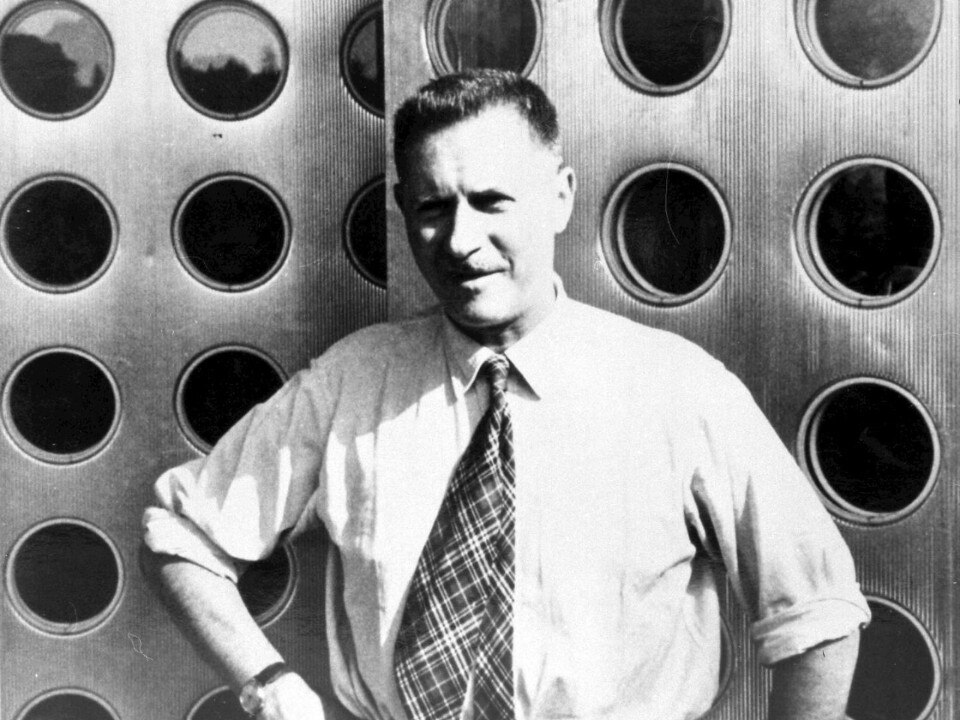Jean Prouvé was one of the greatest architects of the Twentieth century. Trained as a blacksmith, from childhood – the son of a pianist and a sculptor – he received am intense education on the use of materials, architecture, art, and design.
Prouvé always showed a great sensitivity for color, while believing it was right to paint only parts at risk of corrosion, respecting the quality of the materials, even from a saving perspective. Then he treated steel, making use of the color, while wood and aluminum remained visible. Thus, for example, he created the Blé Vert, which recalls the color of young wheat, and the Gris Vermeer, which instead refers to the grey tones used by the famous Dutch painter.
Admired by his contemporaries – such as Le Corbusier, Fernand Léger, and Alaxander Calder – he created a wide range of objects, and in 1971 he contributed to the selection of the project by Renzo Piano and Richard Rogers for the Centre Pompidou.
The Vitra Design Museum houses the largest collection of his works, which began in the eighties, when Rolf Fehlbaum, President Emeritus of Vitra, bought his 1954’s Antony Chair.
Opening image: Jean Prouvé. Courtesy of Vitra.


